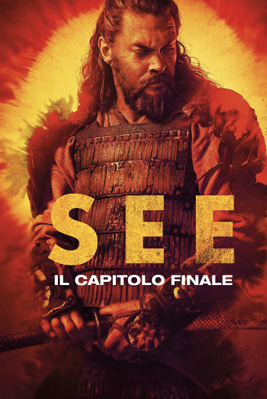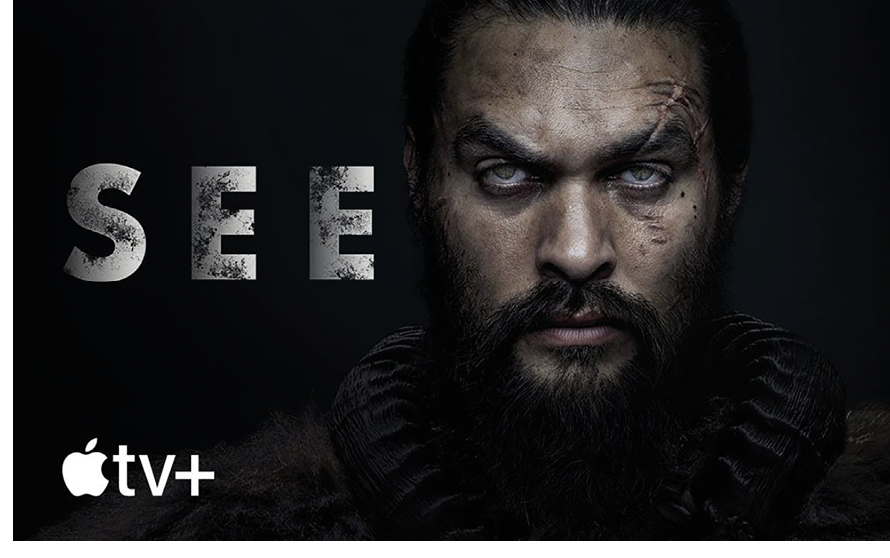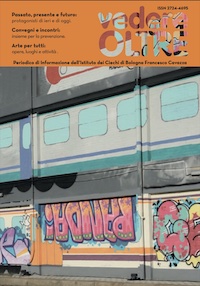At the end of the summer, the third season of See arrived in Italy, the series that began in 2019 and which, given its international success, continues this year with new episodes. Inspired perhaps by the pandemic and perhaps by the book Blindness by Nobel Prize-winning writer José Saramago, See depicts a dystopian future where humanity is reduced to two million people who are all blind. In this future, seeing is considered heresy, so much so that when twins with the gift of sight are born, they will be persecuted. Inspired by the fantasy genre and starring Hawaiian actor Jason Momoa, who became famous as Khal Drogo in Game of Thrones, this series tells the story of how being able to see almost turns into a legend passed down by the ancients.

The story, in fact, takes place on our planet five centuries after the great pandemic and has two armies fighting. On one side are the “good guys,” led by Jason Momoa himself, who here plays Baba Voss, adoptive father of the two sighted twins, the only ones on earth, and on the other side is General Tamaci Jun, head of the villainous Witch Hunters. With a cast consisting of many blind and visually impaired people, See is not only an excellent action fantasy series, but also poses interesting philosophical questions, showing how a village of blind people can fight, live, and organize themselves, while raising two children, the only ones who can see. In addition to being full of twists and turns, See has at the centre of its narrative precisely the theme of sight, understood as the way in which we relate to the outside world, as a tool that can foster or hinder our ability to know and understand our surroundings. For the first time, sight becomes a flaw and those who have it are considered “different.” So, by reversing the concept of “being different” with which we are used to being confronted, this series helps us reflect on how, even in contemporary society, there are elements in common with the Gothic world it depicts.

Created by Steven Knight, contributor to some of the most successful recent series, See is an apocalyptic, violent and gripping story, capable of tackling contemporary issues such as the ecological, ethical and moral disaster that has led humanity to live, after centuries of civilization, in an almost primitive state, in tribes fighting against each other, villages made up of men imprisoned by superstitions and lacking the ability to see in the broadest sense of the term. It is precisely in the title See that the meaning of the story is summed up. This huge production by Apple TV shows how much cinema can still have the strength to invent and tell stories that, imagining a distant future, perhaps in truth show us a present which man is not yet ready to see, with eyes closed or open.





.png)